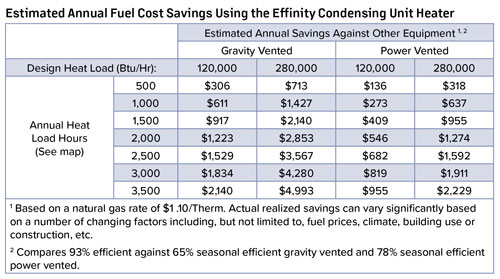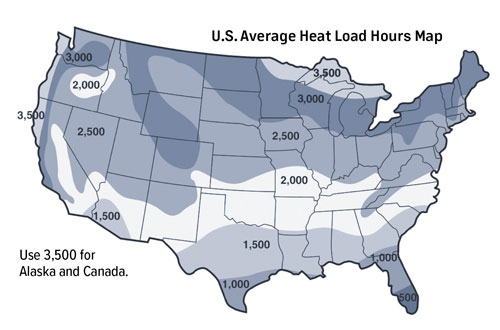11/1/2023
Targeted Heating
Jamie Tuinstra
When it comes to meeting the demands of consumers, commercial greenhouses must consistently deliver. According to Grand View Research, the global greenhouse market size was valued at nearly $25.5 billion in 2022 and is expected to expand at a compound annual growth rate of 9.9% from 2023 to 2030. Greenhouses are excellent at growing crops year-round, as long as they maintain a controlled environment.
One of the main ways greenhouses can maintain a controlled climate is by having a reliable HVAC solution in place. These machines provide much-needed heat once temperatures start declining in the fall and winter months. Since outside conditions obviously aren’t optimal for growing crops during those times, growers can create efficient operations by installing a heating source that provides an environment that promotes growth.
While there are many heating options available, unit heaters are an efficient source of heat that can provide the desired temperature needed for growing crops.

Unit heaters and their role
Consumers want crops available year-round, and as part of that, heating solutions play a major role in greenhouse production. When searching for heating solutions, consider unit heaters. Unit heaters have several benefits for commercial greenhouses. Designed to be a compact “box of heat,” these can be installed on the ceiling and out of the way. This leaves more floor space for production and other machinery. In addition, they also provide a permanent heat source that allows facility managers to maintain the proper heat needed for the crops.
With that said, no matter what type of heating solution is selected, it’s necessary to have a product that provides an efficient source of heat for your greenhouse.
Preventative maintenance
With greenhouse efficiency being a main priority, preventative maintenance should remain top-of-mind. If your unit heater isn’t properly maintained, it may have to work harder to provide heat for your space. In addition, HVAC units are more likely to malfunction or completely break down if they don’t receive proper maintenance. Developing a schedule for regular maintenance is key when running a commercial greenhouse. This plan should include a regular inspection from a licensed contractor.
 During this inspection, facility managers can expect the technician to check the heat exchanger, check the vent pipe for any rusting or blockages, check the water traps and condensate lines on high-
During this inspection, facility managers can expect the technician to check the heat exchanger, check the vent pipe for any rusting or blockages, check the water traps and condensate lines on high-
efficiency units, and clean the burners on the heating units. In addition, the certified technician will also check for other common repairs, such as ensuring the flame sensor and the motors are in great working condition.
Efficient heating
Running a commercial greenhouse can be lucrative. But if you’re wasting large amounts of money on wasted energy or heating solutions that don’t satisfy your heating needs, you may be losing out. That’s why it’s important to select a heating solution that both promotes crop growth and creates efficiency. Unit heaters provide great benefits, from more floor space to lower energy consumption. With that said, it’s also important to properly service and maintain the unit to ensure optimal performance. When the cold weather drops, preventative maintenance can be the lifesaver that keeps your plants from freezing. GT
Jamie Tuinstra is a product manager at Modine Manufacturing. He’s been in the heating and cooling industry for 25 years and with Modine for 16. For more information about Modine, visit modine.com.